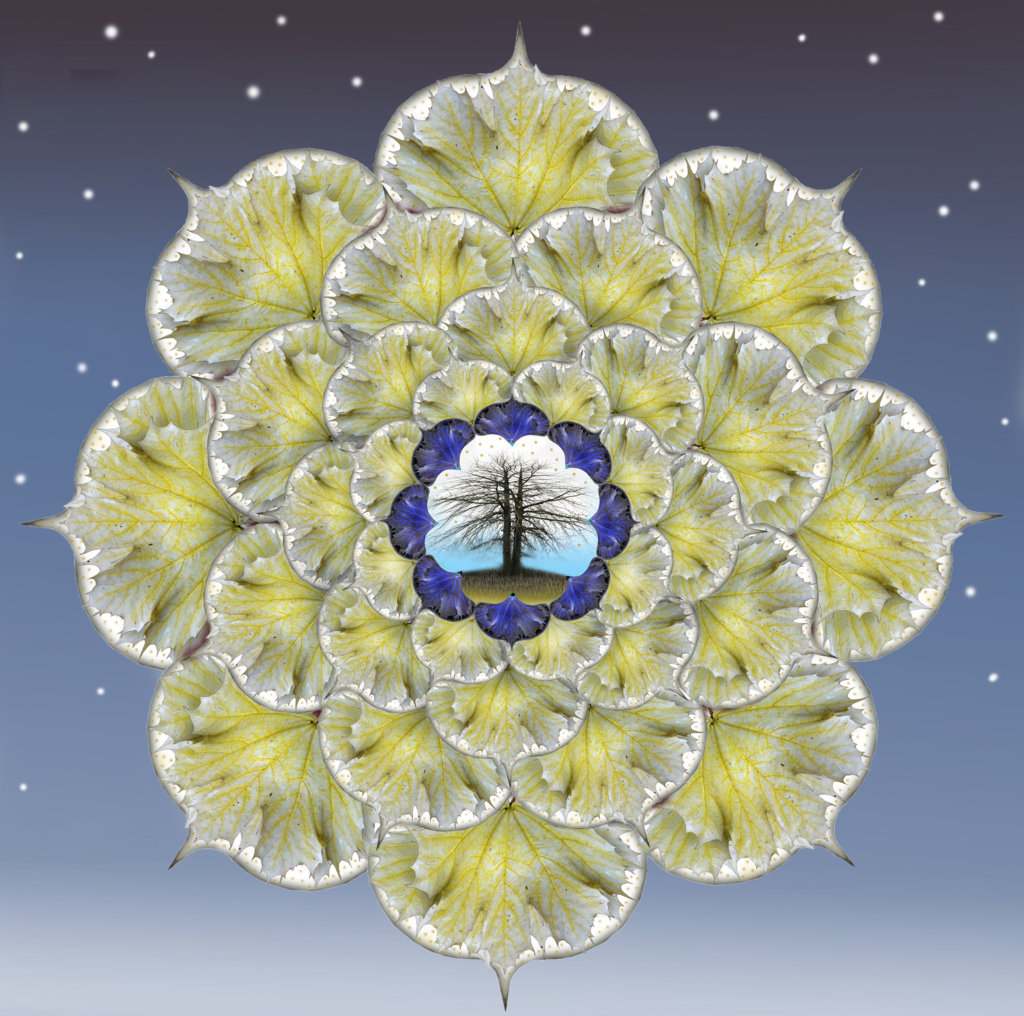 After the election, stunned friends flew to their therapists. The TV flashed scenes of protests across the country. People all over the world were in various stages of grief: denial, anger, bargaining, depression, and acceptance. I was numb, my mind too scattered with other problems: pipes leaked under my driveway, contaminating the water system. The well pump was close to burnout. My mother’s dieffenbachia plant was in trauma. And my closet shelf, once securely screwed to the wall, had torn away and collapsed under the weight of my belongings. It felt like everything was falling apart or failing. So when a friend phoned inviting me to walk in the woods, I said, “Yes, let’s go right now.”
After the election, stunned friends flew to their therapists. The TV flashed scenes of protests across the country. People all over the world were in various stages of grief: denial, anger, bargaining, depression, and acceptance. I was numb, my mind too scattered with other problems: pipes leaked under my driveway, contaminating the water system. The well pump was close to burnout. My mother’s dieffenbachia plant was in trauma. And my closet shelf, once securely screwed to the wall, had torn away and collapsed under the weight of my belongings. It felt like everything was falling apart or failing. So when a friend phoned inviting me to walk in the woods, I said, “Yes, let’s go right now.”
“It’s gonna be slow,” my friend warned. “I want to gather some things along the way to make a mandala.” She mentioned something about needing to “right the world.” Maybe she said “for healing” and “to calm spirits.” It didn’t matter what she said. It resonated. And I was desperate to escape.
In the woods, on the way to locating the creek that would be blessed with our “round symbol representing the universe in a search for completeness and self-unity,” my friend and I collected leaves, ferns, twigs, small patches of moss, and a single red berry.
“We need seeds for the mandala,” she said, something about “planting change and growth.” My previous mandala-making was mostly out of the peas and potatoes on my dinner-plate. So I kept quiet and my friend showed me how to string red and yellow leaves together, threading their stems through their papery skins. She arranged the elements while I photographed leaf veins that resembled tiny trees. She planted a feather in the middle of the masterpiece when it became apparent that I’d stepped on the berry.
Finally my friend was satisfied. She’d done her part to foster peace in the world. So we left the woods and went to my house where she screwed the shelf back into the wall and rescued the dieffenbachia plant. Maybe she said a prayer over the driveway’s leaky pipes and contaminated water too. I don’t know. But things felt a bit lighter, restored to order.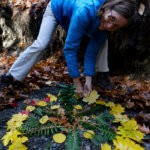
The next day it rained. The wind was blowing the trees bare. Unsettled as the weather, I hovered over the computer with the TV on for company. And, thinking of seeds and leaves with tiny trees reaching out to the world, I photo-shopped a mandala of my own. For “self-unity.”
Do you have any rituals or remedies for coping with things falling apart and failing? For things changing?
Please Share on your Social Media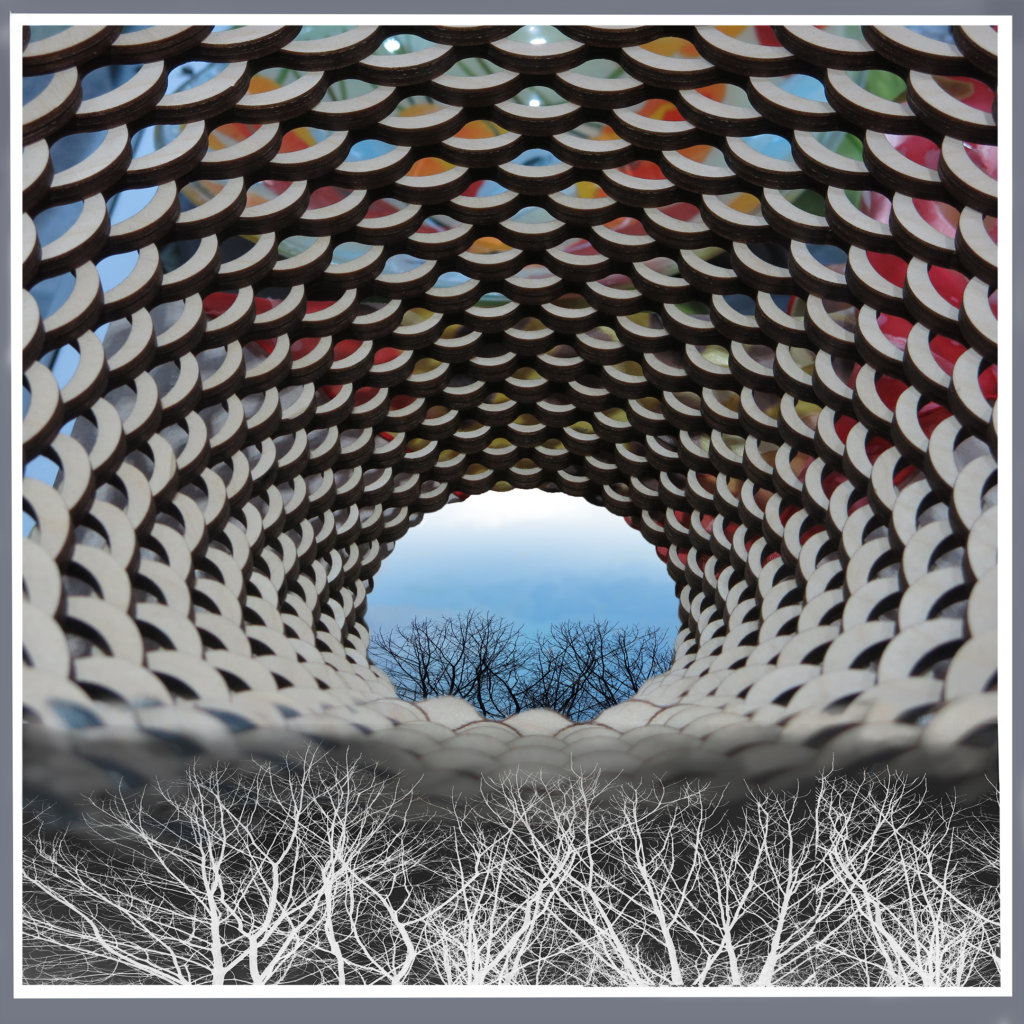 Online grief counselors say, “Embrace your pain,” “Face the loss,” … “Make friends with the heartache.” Meanwhile, today a friend politely pointed out, “There are different patterns to get over the loss of someone” and “You need to stop all this grieving and be happy.”
Online grief counselors say, “Embrace your pain,” “Face the loss,” … “Make friends with the heartache.” Meanwhile, today a friend politely pointed out, “There are different patterns to get over the loss of someone” and “You need to stop all this grieving and be happy.”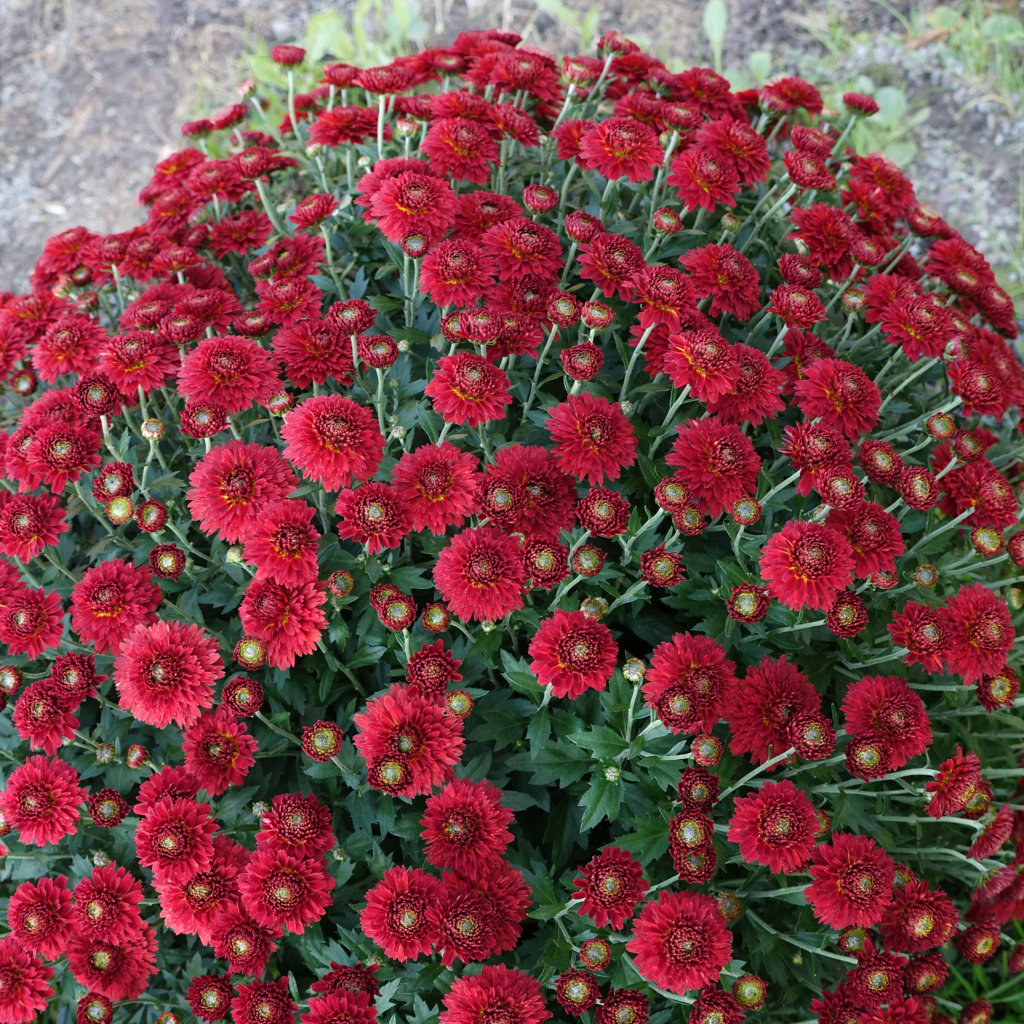 Dear Wag’in Tail Dog Grooming in Auburn, NY,
Dear Wag’in Tail Dog Grooming in Auburn, NY,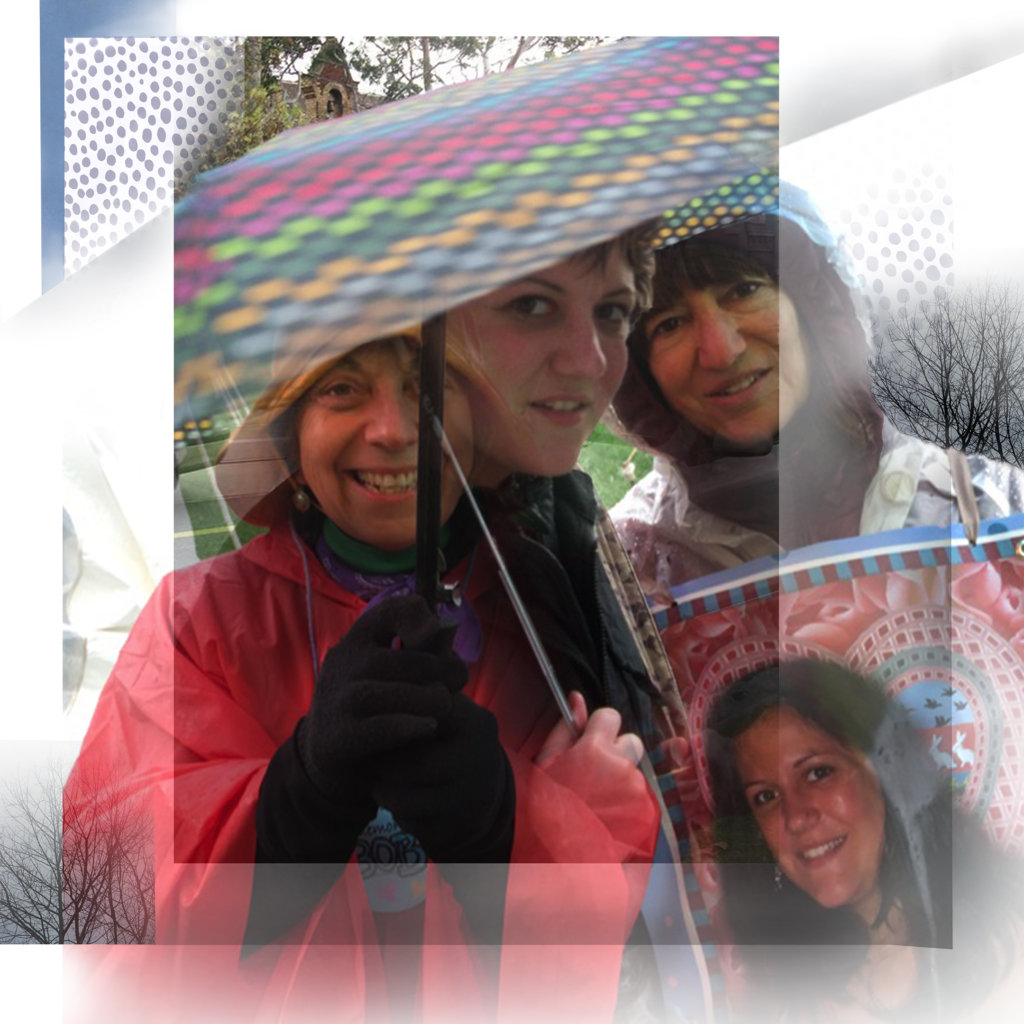 Months ago, when we were still in the middle of a drought, I had Staples print up two large vinyl banners, photos of my daughter, to be strung together and worn sandwich-board style for the
Months ago, when we were still in the middle of a drought, I had Staples print up two large vinyl banners, photos of my daughter, to be strung together and worn sandwich-board style for the 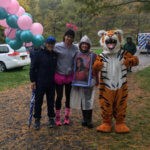
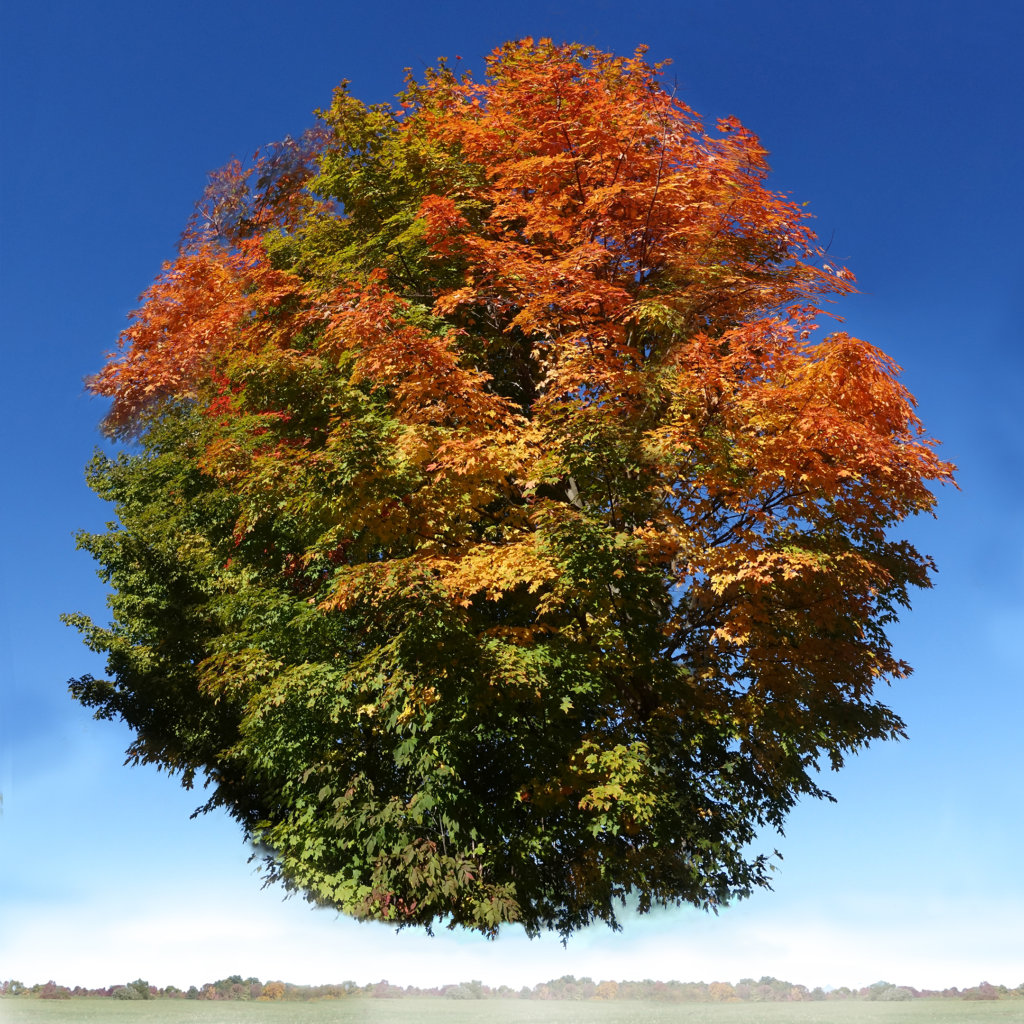 Ancient legends tell us of the swan, mostly silent during its lifetime, that sings a song of great sweetness and joy in the moments before its death. A swan song.
Ancient legends tell us of the swan, mostly silent during its lifetime, that sings a song of great sweetness and joy in the moments before its death. A swan song.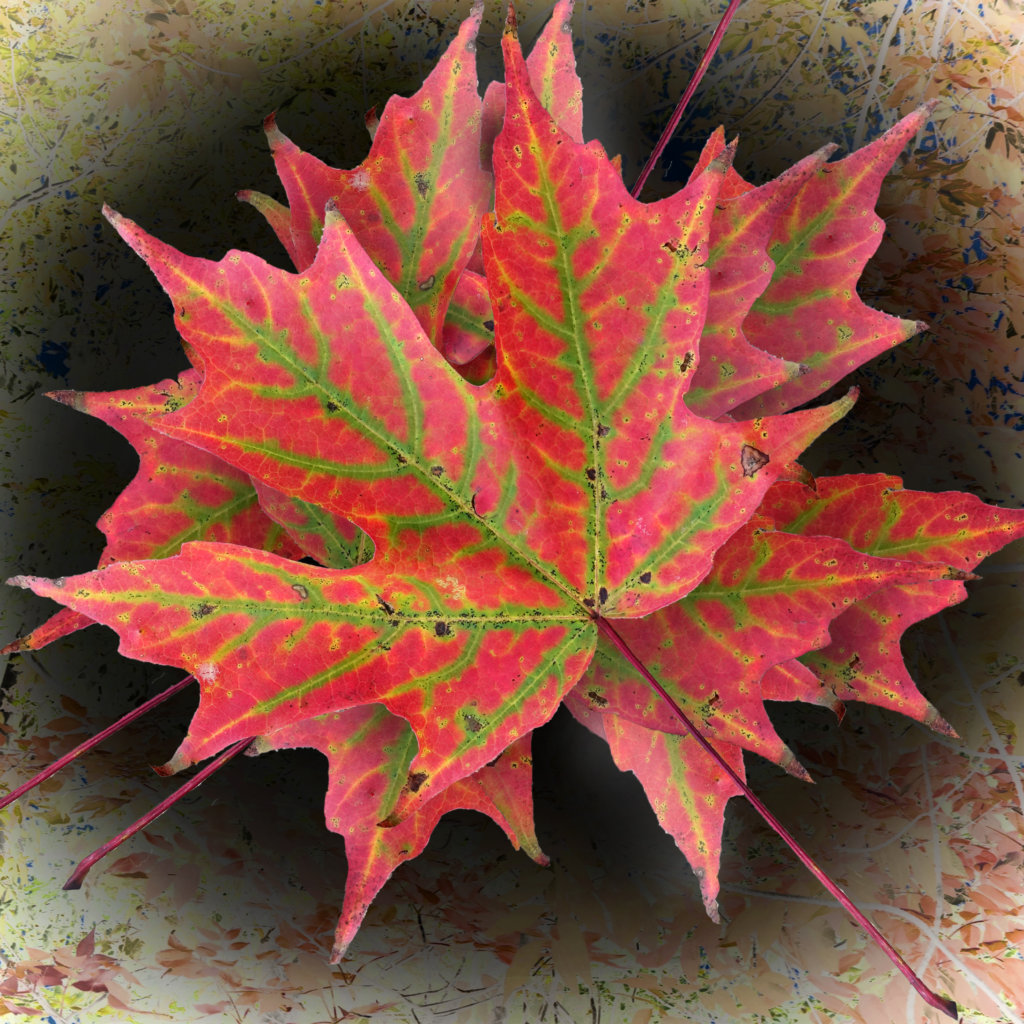 “Selling isn’t the important thing,” I said, “I just want people to see my work.” It was my first solo show as a photographer in Ithaca. The focus of the exhibit was death and grieving, reframing our views of these. Assuring myself the focal point of the event would be my artwork, not myself, I’d chosen to wear a black dress and over-the-knee black boots to recede into the background. But I’d put on the red beads my mother bought me, so I wouldn’t vanish entirely. The red necklace was to keep guests from fixating on the tragedy of That Woman Whose Daughter Died. After all, the core of the show was supposed to be creativity and healing. If people couldn’t see the forest from the trees, at least they might spot the joyful color of a fallen leaf.
“Selling isn’t the important thing,” I said, “I just want people to see my work.” It was my first solo show as a photographer in Ithaca. The focus of the exhibit was death and grieving, reframing our views of these. Assuring myself the focal point of the event would be my artwork, not myself, I’d chosen to wear a black dress and over-the-knee black boots to recede into the background. But I’d put on the red beads my mother bought me, so I wouldn’t vanish entirely. The red necklace was to keep guests from fixating on the tragedy of That Woman Whose Daughter Died. After all, the core of the show was supposed to be creativity and healing. If people couldn’t see the forest from the trees, at least they might spot the joyful color of a fallen leaf.